The Importance of Dedicated Hearing Care
The real differences between audiology and over-the-counter solutions
In July, President Biden signed an executive order allowing hearing aids to be sold over the counter. This measure is aimed at lowering the cost of hearing care, and at a glance, it seems like a great way to ensure that everyone who needs hearing care is covered. But can OTC products ever compete with the knowledge and expertise of a specialist? Because you deserve the best hearing care available, here are six reasons to make an appointment with an audiologist.
1. Expertise
Both audiologists and hearing aid specialists are licensed to sell hearing aids, but audiologists possess master’s or doctorate degrees that concentrate on hearing health. Because individuals develop hearing loss in a variety of ways and have unique communication needs, accurately diagnosing hearing loss and selecting the right hearing aids will ensure successful treatment.
2. Fit
To maximize comfort and functionality, hearing aids must be custom fitted to each individual and programmed to support their listening lifestyle. Only a trained audiologist or hearing aid specialist can do this. Additionally, audiologists can monitor your progress over time and make adjustments when necessary. Wearing hearing technology is not a “once and done” solution; it takes time for the body and mind to adjust, and there may be a period of discomfort that requires professional support.
3. Patient-Provider Relationship
Hearing loss is a complex condition. It has many different causes, from simple age-related decline to disorders such as Ménière’s disease to exposure to ototoxic chemicals. There are also many comorbidities associated with hearing loss. An audiologist can diagnose and treat many of these, forming a long-lasting relationship with you that goes beyond simply fitting you with hearing aids.
4. Tinnitus and Balance Support
Hearing loss often occurs alongside tinnitus, which is a persistent ringing, buzzing, or clicking sound in the ear. While the condition is still being researched and is not yet fully understood, what we know about tinnitus so far falls under the expertise of audiologists. And because the inner ear governs the body’s equilibrium, balance issues are often diagnosed and treated by audiologists as well. Providing support for these conditions is part of our commitment to our patients’ total hearing health.
5. Safety
Aside from achieving a better fit and receiving professional support from an audiologist, there is evidence that programming your own hearing technology or choosing a one-size-fits-all solution can actually be harmful. An audiologist will perform a series of tests to assess your hearing loss and ensure your hearing aids meet your needs without being too loud. Hearing technology that amplifies sound too much can further damage your hearing, and an ill-fitting hearing aid can create uncomfortable wax buildup, which may lead to ear infections.
6. Investment
While purchasing an OTC hearing aid may provide considerable savings on upfront costs, seeking treatment through a licensed audiologist is a better investment. From warranty protection to professional cleanings and advice on upgrades, nothing compares to our guarantee of quality. We also know hearing aids can be expensive, so we always do our best to provide affordable solutions, including coupons, specials, and financing options. Once you’ve purchased your hearing aids, your treatment plan is put into effect – we will be with you every step of the way in your journey to better hearing and better health.
Whether you are a longtime user of hearing aids or considering them for the first time, there is no better decision you can make for your hearing health than choosing an audiologist run practice to provide you with a professional evaluation. It’s the right choice for you to be sure that you’re pursuing the very best solution for your hearing loss.

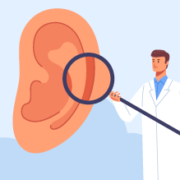

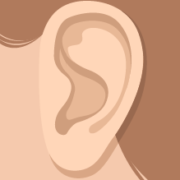

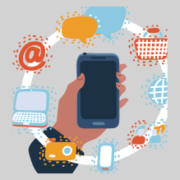
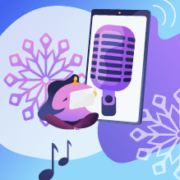

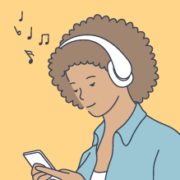
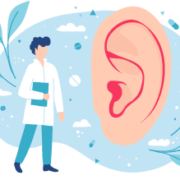

 Proudly Canadian and Independently Owned and Operated
Proudly Canadian and Independently Owned and Operated 

